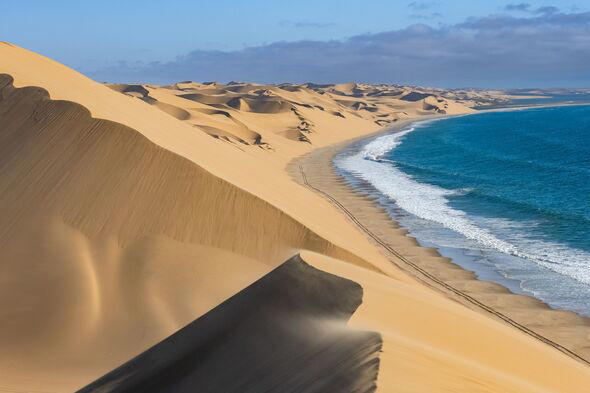
Charles Muchoki | Africa Guardian
Namibia’s peculiar panhandle-shaped border, known as the Caprivi Strip, traces its origins to an unusual colonial agreement between Britain and Germany in the late 19th century. At the time, European powers carved up Africa into colonies, often creating borders with little regard for geography or practicality.
Germany faced a logistical challenge connecting its colonies: German South West Africa (modern-day Namibia) and German East Africa (now Burundi, Rwanda, and Tanzania). Lacking a direct route, they had to travel by sea around Africa’s southern tip before sailing up the east coast. Seeking a shortcut, Germany negotiated with Britain for access to the Zambezi River, which they believed would provide an efficient route to the eastern coast.
In exchange for the island of Zanzibar, Germany received the Caprivi Strip—an approximately 280-mile-long and up to 65-mile-wide piece of land extending Namibia’s northeastern border. However, their plans for river navigation met an insurmountable obstacle: Victoria Falls. The massive waterfall, double the size of Niagara Falls, rendered the Zambezi unsuitable for shipping.
Unsurprisingly, the British were aware of the falls and Germany’s flawed assumption but refrained from mentioning it. By the time Germany discovered the error, the agreement was irreversible, leaving them with a strategically useless strip of land and an awkwardly shaped border.
Today, the Caprivi Strip has redeemed itself in other ways. It boasts high rainfall compared to much of southern Africa, supporting lush vegetation, floodplains, and forests. The region is home to several national parks, teeming with diverse wildlife and attracting ecotourists from around the world. What was once a colonial misstep is now a natural haven of biodiversity.
___
